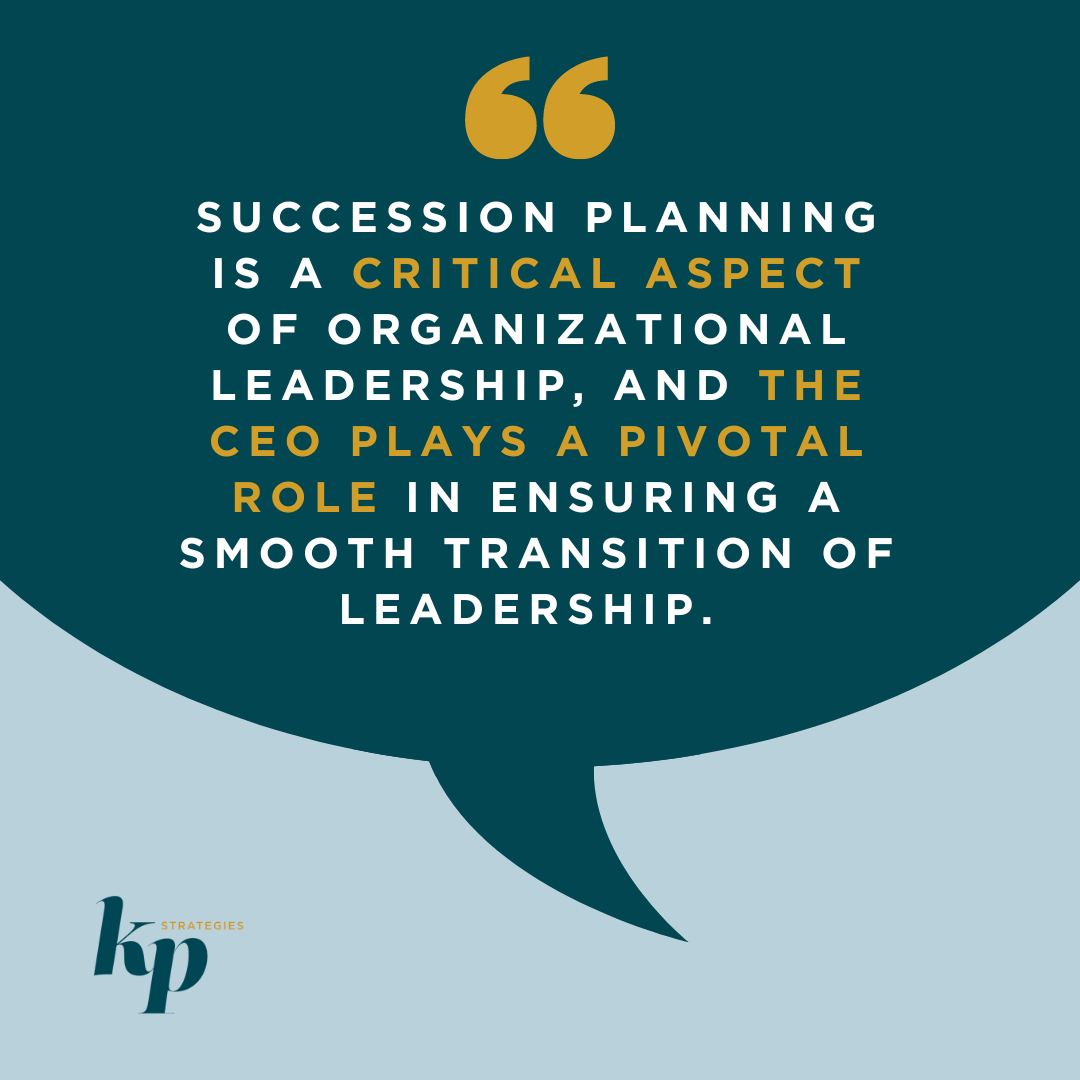





Does your organization struggle with decision-making and politics? You’re not alone. Many C-Suite executives are frustrated by their lack of execution and the politics that plague their organizations. According to McKinsey, only 38% of CEOs’ direct reports feel their Core Team is focused on the work that truly benefits from an executive perspective. Why does


Identifying and investing in high-value positions within your organization is crucial for driving growth and efficiency. These roles play a pivotal role in shaping strategy, driving innovation, and delivering exceptional results. Here’s how you can prioritize these key positions for maximum impact. Highest Value Positions High-Performance Leadership By prioritizing high-value positions and investing in leadership


As a leader, it’s easy to get caught up in the day-to-day operations and decision-making processes that keep you chained to your desk. However, a desk is a terrible place to view the world. To truly understand and drive your organization forward, it’s essential to step out and engage directly with your employees, customers, and key stakeholders within your industry.


As a CEO Strategy Coach, I have the privilege of working closely with some of the most influential and dynamic leaders in the business world. Recently, I hosted a roundtable with a group of C-suite executives to discuss the most pressing challenges they face within their senior leadership teams. The insights gathered were both revealing


Your Marketing Department plays a crucial role in driving business growth and profitability. By understanding customer needs, creating value propositions, and effectively communicating those propositions to target audiences, strategic marketing initiatives can significantly impact an organization’s success. To ensure your marketing department is performing optimally, it’s essential to conduct a thorough assessment of its operations,


Ensuring that Operations can match your strategic growth plans is crucial for sustained success. Evaluating your Operations effectively entails assessing different facets of your business processes to ensure they are efficient, productive, and in line with organizational objectives. In a mid-market services company, operations may encompass several key functions such as: So how can you ensure


In today’s business landscape, where the war for talent continues to be a critical concern for CEOs, the role of the Human Resources (HR) Department has never been more pivotal. As organizations strive for growth and success, assessing the effectiveness of the HR Department becomes imperative to ensure alignment with strategic goals and objectives. Here


The alignment between marketing and sales has never been more crucial in modern businesses. As organizations navigate the evolving landscape shaped by the pandemic, the synergy between these two departments holds the key to unlocking growth opportunities and driving success, particularly in the B2B space. In this blog post, we explore 12 actionable steps to


Succession planning is not just a buzzword—it’s a critical aspect of organizational leadership that ensures continuity and long-term success. As the CEO, you play a pivotal role in driving this process and setting the stage for seamless leadership transitions. Here’s a comprehensive guide to the key responsibilities and best practices for CEOs in succession planning:


In today’s business landscape, success goes beyond strategic planning and execution—it hinges on the underlying culture of the organization. According to Bain & Company, a staggering 70% of business leaders consider culture to be the greatest source of competitive advantage. But what exactly is organizational culture, and why does it matter?Culture serves as the backbone